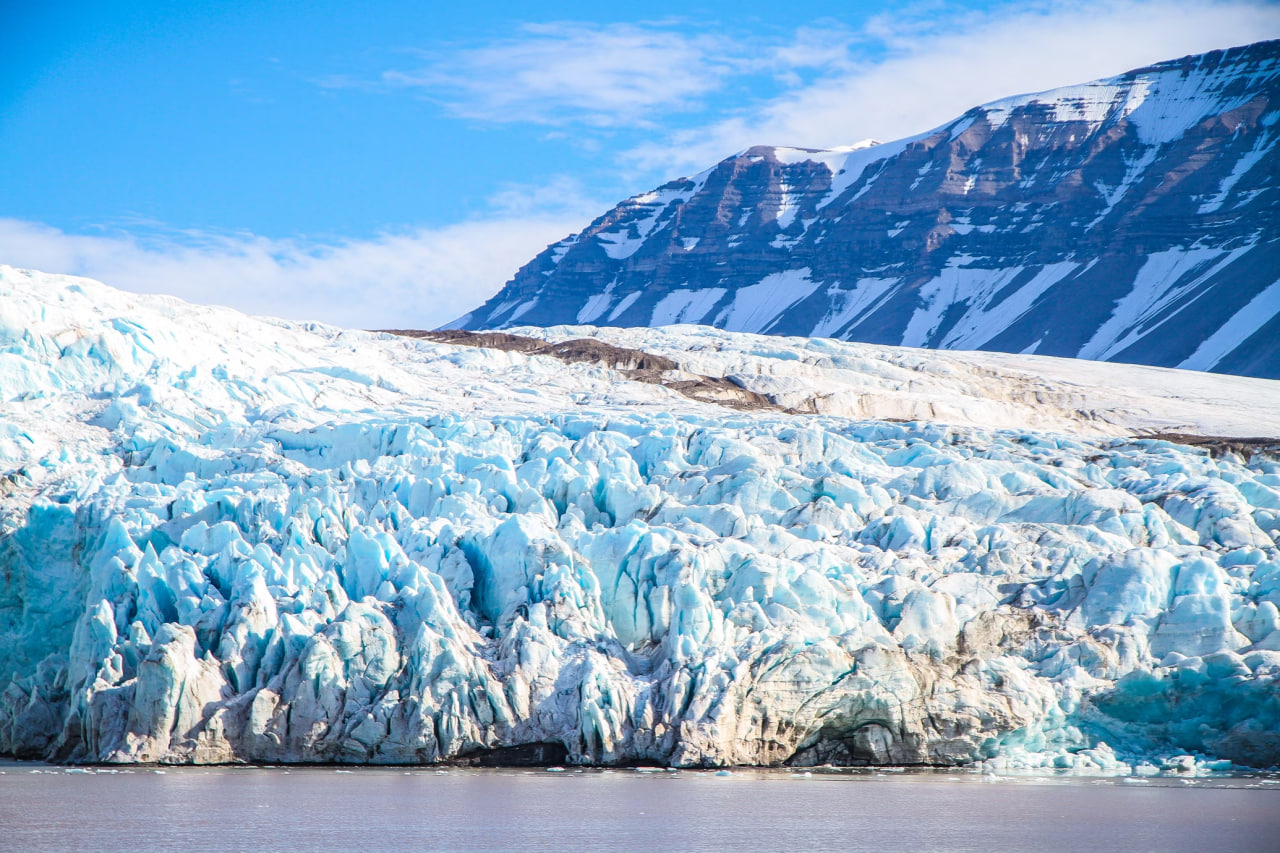
This article is included in these additional categories:
The Arctic has undergone rapid warming in recent years, resulting in significant ecosystem changes. One alarming phenomenon is the transformation of streams in Alaska’s Brooks Range from clear to orange. This discoloration signals a rise in the loading of iron and toxic metals, posing a substantial threat to water quality. Observations from 75 streams highlight the impact of permafrost thaw, which fosters chemical weathering of minerals and microbial reduction of soil iron, facilitating the transport of metals to waterways.
Permafrost, a key feature of Arctic landscapes, traditionally acts as a barrier to groundwater movement. However, as it thaws, it enables deeper penetration of groundwater, altering the flow, temperature, and chemistry of streams. This shift mobilizes iron and other trace metals, leading to observable changes in water quality. Compared to unaffected streams, these “orange” streams exhibit lower pH levels, higher turbidity, and elevated concentrations of sulfate, iron, and other toxic metals.
Ecological Impact and Water Quality Degradation
The ecological consequences of stream discoloration are profound. Lower pH and increased metal concentrations have been linked to declines in macroinvertebrate diversity and fish populations. For instance, streams that turned orange saw significant reductions in species like juvenile Dolly Varden and Slimy Sculpin. These shifts in biodiversity are concerning, as they indicate broader ecosystem disruptions.
The degradation of water quality extends beyond ecological impacts. Rural communities in northern Alaska, which rely heavily on these water sources for drinking and subsistence fishing, face serious challenges. Mobilizing metals such as cadmium, nickel, and manganese poses health risks, potentially exceeding safe drinking water guidelines. These metals can also affect the taste and safety of drinking water, necessitating enhanced filtration systems.
Addressing the Emerging Threat
Addressing this emerging threat requires a comprehensive understanding of the processes driving stream discoloration. The role of climate change in accelerating permafrost thaw is evident, as warming temperatures and increased snowfall contribute to the observed shifts in water chemistry.
The interaction between microbial processes and chemical weathering further complicates the scenario, indicating a need for targeted research.
Federal and state agencies must prioritize monitoring and mitigation strategies to protect water quality and aquatic ecosystems. Collaboration with rural and Indigenous communities is crucial, as they are the most affected by these changes. Long-term adaptation strategies, informed by robust scientific research, will be essential to safeguard drinking water supplies and maintain subsistence fisheries.
- SEO Powered Content & PR Distribution. Get Amplified Today.
- PlatoData.Network Vertical Generative Ai. Empower Yourself. Access Here.
- PlatoAiStream. Web3 Intelligence. Knowledge Amplified. Access Here.
- PlatoESG. Carbon, CleanTech, Energy, Environment, Solar, Waste Management. Access Here.
- PlatoHealth. Biotech and Clinical Trials Intelligence. Access Here.
- Source: https://www.environmentenergyleader.com/2024/05/permafrost-thaw-and-its-chemical-consequences/
